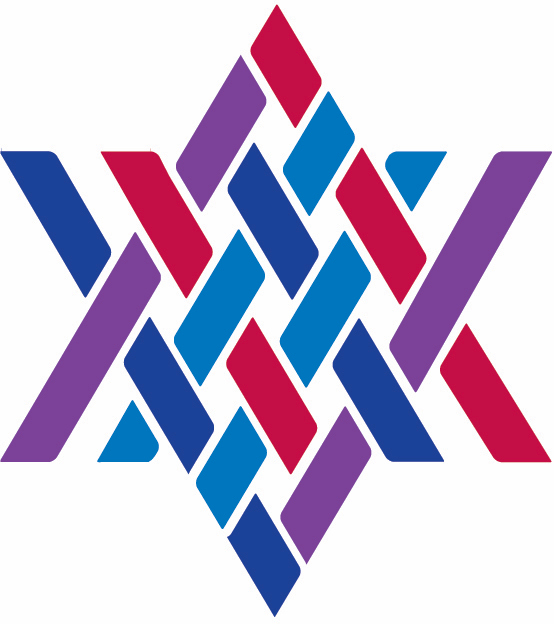Parashat Nitzavim – 5785
A D’var Torah for Parashat Nitzavim
By Rabbi Susan Elkodsi (AJR ’15)
Parashat Nitzavim is usually read a week or two before Rosh Hashanah, and begins with Moses reminding us that following Torah, God’s commandments, isn’t so difficult, or at least it shouldn’t be.
The parashah begins with Moses acknowledging the entire community standing before him; the elders, the tribal leaders, the children, men and women, resident aliens, everyone from the woodchopper to the water drawers. (Dev. 29:9-10)
I’ve always wondered why the professions of wood chopping and water drawing would not only be singled out, but presented in a way that suggests that they’re two ends of spectrum, or that perhaps these are unskilled laborers who might not be as learned as the elders of the community. And I also wonder, when we say “from alef to tav,” for example, there are usually steps in between. Here, we’re not told about Read More >

